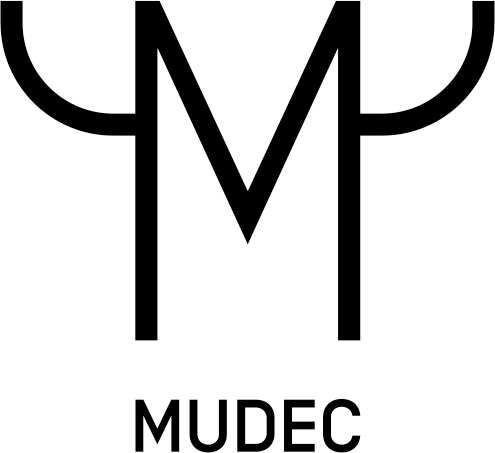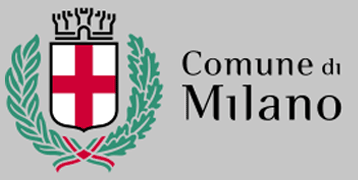KOKESHI
La tradizione artigianale del Tōhoku
At the MUDEC – Museo delle Culture of Milan, an exhibition presents for the first time in Italy a large collection of kokeshi, small doll-like wood sculptures that are considered the cultural emblem of the Tōhoku region, in the north-east of Japan.
The exhibition, organized within the framework agreement between the University of Milan and the MUDEC, with the support of The Japan Foundation and the patronage of the Consulate General of Japan in Milan, was edited by professors Virginia Sica, of the Department of Language Mediation and Intercultural Communication, and Rossella Menegazzo, of the Department of Cultural Heritage and Environment, together with the writer Carmen Covito.
Ancient and modern kokeshi from private Italian collections will be exhibited, together with some unique pieces that have been specially made for this exhibition by three workshops of master artisans of Tōhoku.
The region of Tōhoku, also known for the tragic events caused by the great earthquake of 2011, is today particularly active in the enhancement of its own artisan heritage, which presents itself as a living tradition, with workshops where the techniques and decorative systems are still today handed down from father to son.
As for the most wooden artistic sculptures, even the production of kokeshi begins with the choice and the cutting of the tree. The manufacturing carried out on the lathe by the master craftsman is completed with a painted decoration that differs according to the schools, the era, and the production area.
As Professor Maria Teresa Orsi writes in the presentation of the exhibition, these dolls “simple, hand-colored in a codified but almost infinite variety of formal representations, constitute one of the most unique examples of a craftsmanship born in the north-east of Japan”. It is believed that the kokeshi originated at the beginning of the nineteenth century “by the inhabitants of the mountain villages, then moved to the various thermal centers, onsen, where still most of the artisans maintain their laboratories. Over time, especially from the beginning of the twentieth century, they spread throughout Japan, sometimes turning into simple souvenir objects (omiyage) to be hurriedly bought and brought to friends and relatives, until, starting around 1928, they began to be considered products to collect with the care and the respect that is due to a work of art. “
During the exhibition will be shown an unpublished video that documents the work of creating the kokeshi in the artisan workshops, with interviews to the masters who created the works exhibited for the occasion: Masahiro HAYASAKA, Akihiro SAKURAI and his son Naomichi, Akira SUZUKI and his son Takashi.
The characteristics of the different schools, the anthropological meanings, the artistic values of the kokeshi and the environment in which they are produced will be the subject of a series of conferences, held by Maria Teresa Orsi (May 19th), Andrea Maurizi ( May 23th), Carmen Covito (May 25th), Rossella Menegazzo (May 30th) and Virginia Sica (June 1st).
Inauguration of the exhibition:
Saturday, May 18 at 17.30
Free entry
Curation and organization:
Virginia SICA (Department of Language Mediation and Intercultural Communication, University of Milan)
Rossella MENEGAZZO (Department of Cultural Heritage and Environment, University of Milan)
Carmen COVITO (AsiaTeatro Cultural Association)
In collaboration with:
MUDEC – Museo delle Culture
Communa (Sendai, Japan)
Museum of Kamei Collection (Sendai, Japan)
Asia Pacifico (Research Group of University of Milan)
With the support of:
THE JAPAN FOUNDATION
Under the patronage of:
Department of Language Mediation and Intercultural Communication & Department of Cultural Heritage and Environment (University of Milan)
Consulate-General of Japan in Milano
AISTUGIA (Associazione Italiana per gli Studi Giapponesi)
AsiaTeatro
CARC (Contemporary Asia Research Centre)
Logistic coordination: Miya ITŌ, Eleonora LANZA, Cristina PANZERI
Installation project: Adele PASSANITI
Panels & Photography for graphic image: Karin VETTOREL
Communication graphic image: Margherita Aurora TERRASI





